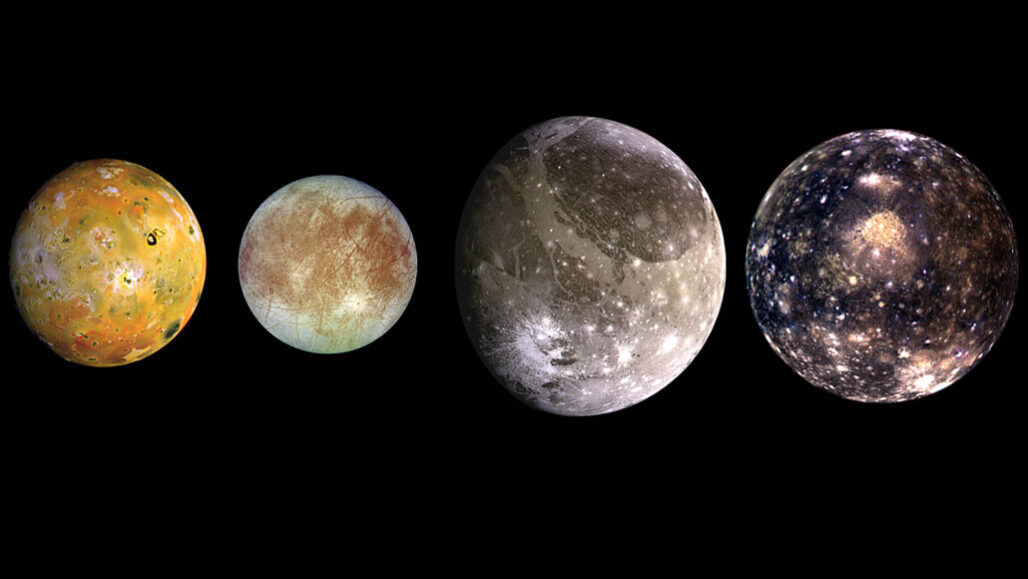A recent study published in Astrobiology examines the likelihood of the planet Venus being able to support life within the thick cloud layer that envelopes it. This study holds the potential to help us better understand how life could exist under the intense Venusian conditions, as discussions within the scientific community about whether life exists on the second planet from the Sun continue to burn hotter than Venus itself.
Continue reading “The Clouds of Venus Could Support Life”A Lack of Alien Signals Actually Tells Us a Lot
In a recent study published in The Astronomical Journal, a researcher from the École Polytechnique Fédérale de Lausanne (EPFL) discusses the potential reasons why we haven’t received technoemission, also called technosignatures, from an extraterrestrial intelligence during the 60 years that SETI has been searching, along with recommending additional methods as to how we can continue to search for such emissions.
Continue reading “A Lack of Alien Signals Actually Tells Us a Lot”Europa’s Ice Rotates at a Different Speed From its Interior. Now We May Know Why
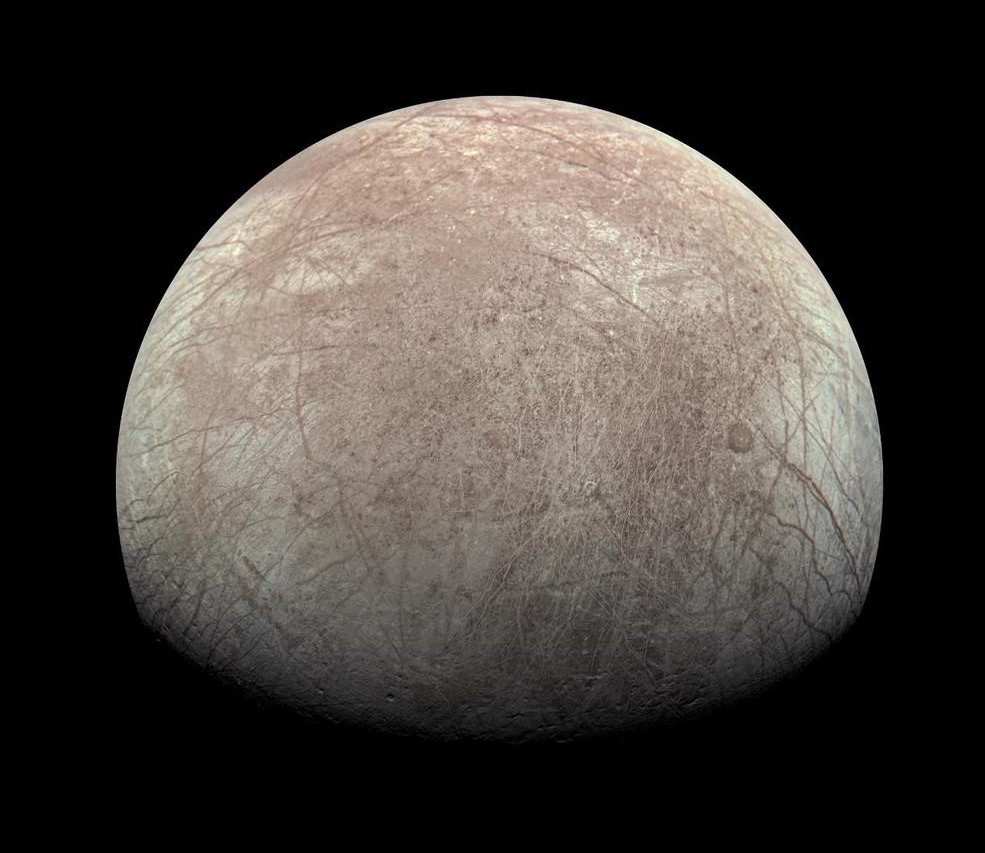
Jupiter’s moon, Europa, contains a large ocean of salty water beneath its icy shell, some of which makes it to the surface from time to time, and this vast ocean could host life, as well. Europa was most recently observed by NASA’s Juno spacecraft, but current examinations of the moon’s internal ocean are limited to computer models and simulations produced here on Earth, as no mission is actively exploring this tiny moon orbiting Jupiter. Other than the internal water occasionally breaching the icy shell and making it to the surface, what other effects could the internal ocean have on the icy shell that encloses it?
Continue reading “Europa’s Ice Rotates at a Different Speed From its Interior. Now We May Know Why”Moons Orbiting Rogue Planets Could be Habitable
When looking for signs of life beyond the Solar System, astrobiologists are confined to looking for life as we understand it. For the most part, that means looking for rocky planets that orbit within their star’s circumsolar habitable zone (HZ), the distance at which liquid water can exist on its surface. In the coming years, next-generation telescopes and instruments will allow astronomers to characterize exoplanet atmospheres like never before. When that happens, they will look for the chemical signatures we associate with life, like nitrogen, oxygen, carbon dioxide, methane, and ammonia.
However, astrobiologists have theorized that life could exist in the outer Solar System beneath the surfaces of icy moons like Europa, Callisto, Titan, and other “Ocean Worlds.” Because of this, there is no shortage of astrobiologists who think that the search for extraterrestrial life should include exomoons, including those that orbit free-floating planets (FFPs). In a recent study, researchers led by the Max Planck Institute for Extraterrestrial Physics (MPE) determined the necessary properties that allow moons orbiting FFPs to retain enough liquid water to support life.
Continue reading “Moons Orbiting Rogue Planets Could be Habitable”The Favorite Solar System Moons of Planetary Geologists; An In-Depth Discussion
The moons of our Solar System have garnered quite a lot of attention in the last few years, especially pertaining to astrobiology and the search for life beyond Earth. From the Galilean moons of Jupiter to the geysers of Enceladus to the methane lakes on Titan, these small worlds continue to humble us with both their awe and mystery. But do the very same scientists who study these mysterious and intriguing worlds have their own favorite moons? As it turns out, seven such planetary geologists were kind enough to share their favorite Solar System moons with Universe Today!
Continue reading “The Favorite Solar System Moons of Planetary Geologists; An In-Depth Discussion”Our Best Instruments Couldn’t Find Life on Mars
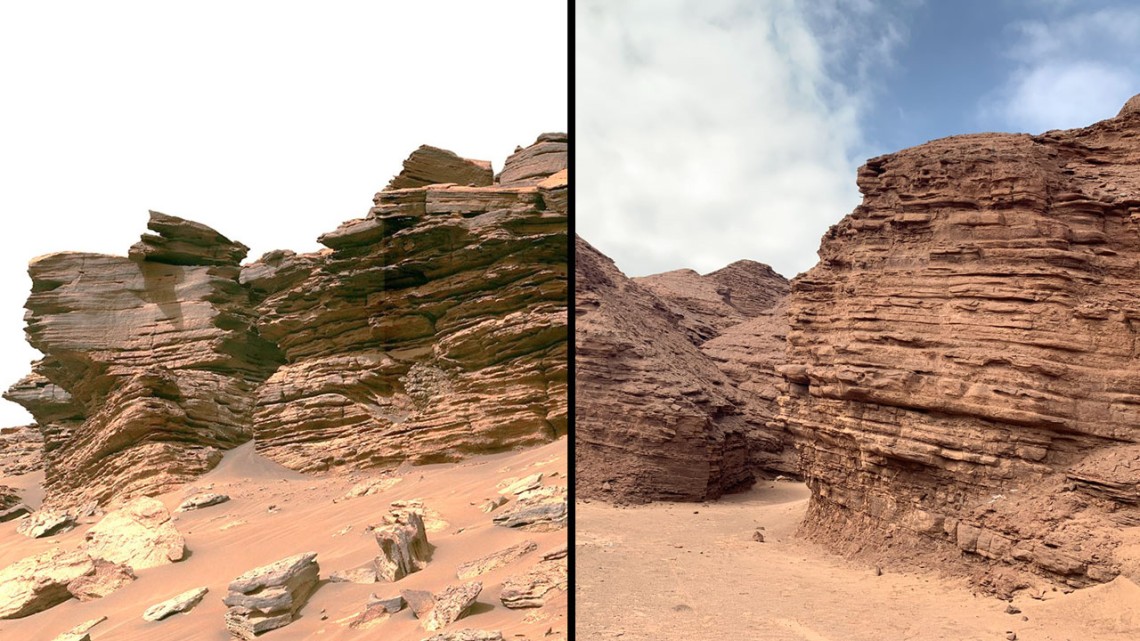
The planet Mars is arguably the most extensively studied planetary body in the entire Solar System, which began with telescopic observations by Galileo Galilei in 1609, with such telescopic observations later being taken to the extreme by Percival Lowell in the late 19th century when he reported seeing what he believed were artificial canals made by an advanced intelligent race of Martians. But it wasn’t until the first close up image of Mars taken by NASA’s Mariner 4 in 1965 that we saw the Red Planet for what it really was: a cold and dead world with no water and no signs of life, whatsoever.
Continue reading “Our Best Instruments Couldn’t Find Life on Mars”Europa Could be Covered in Salty Ice
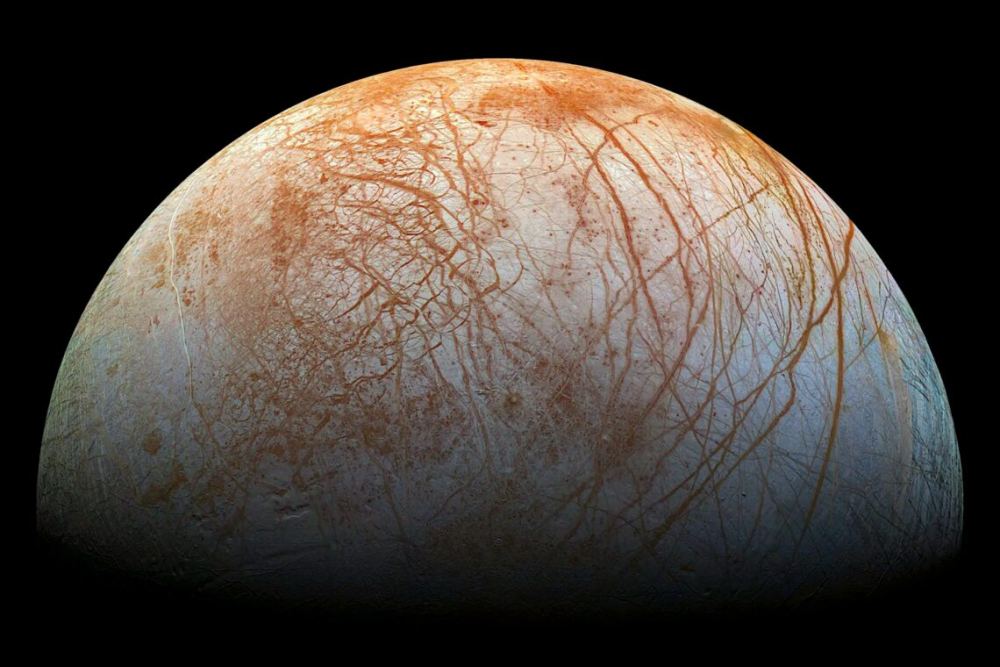
Jupiter’s second Galilean moon, Europa, is one of the most fascinating planetary objects in our Solar System with its massive subsurface ocean that’s hypothesized to contain almost three times the volume of water as the entire Earth, which opens the possibility for life to potentially exist on this small moon. But while Europa’s interior ocean could potentially be habitable for life, its unique surface features equally draw intrigue from scientists, specifically the large red streaks that crisscross its cracked surface.
Continue reading “Europa Could be Covered in Salty Ice”A Martian Meteorite Contains Organic Compounds. The Raw Ingredients for Life?
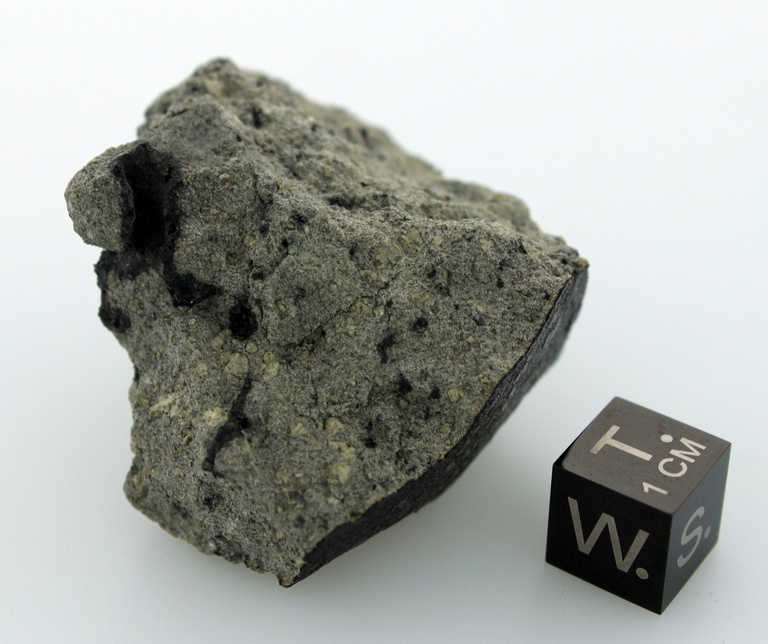
In a recent study published in Sciences Advances, an international team of scientists led by the Technical University of Munich examined the Martian meteorite Tissint, which fell near the village of Tissint, Morocco, on July 18, 2011, with pieces of the meteorite found as far as approximately 50 kilometers (30 miles) from the village. What makes Tissint intriguing is the presence of a “huge organic diversity”, as noted in the study, which could help scientists better understand if life ever existed on Mars, and even the geologic history of Earth, as well.
Continue reading “A Martian Meteorite Contains Organic Compounds. The Raw Ingredients for Life?”Physicist encourages continuing the search for life in Venus’ atmosphere
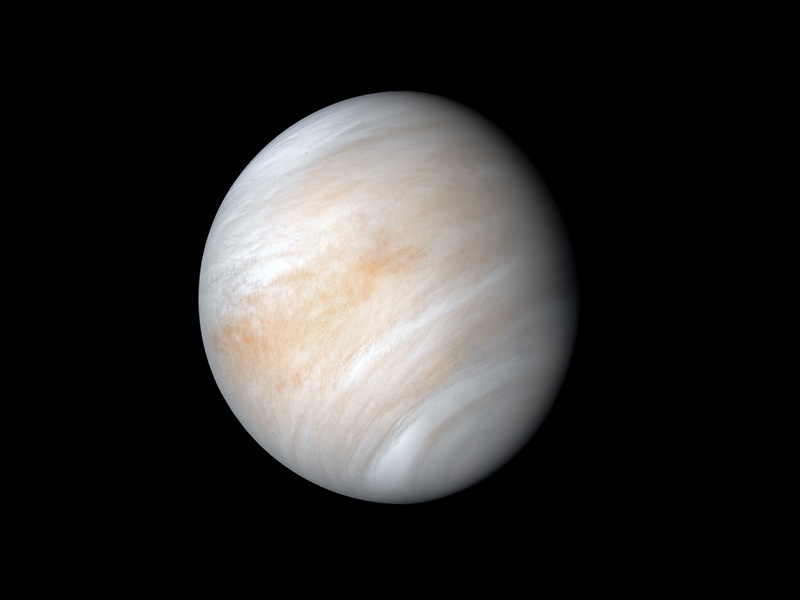
In a recent paper accepted to Contemporary Physics, a physicist from Imperial College London uses past missions and recent findings to encourage the importance of searching for life in the atmosphere of the solar system’s most inhospitable planet, Venus. This comes as a 2020 announcement claimed to have discovered the presence of phosphine in Venus’ atmosphere followed by follow-up observations from NASA’s recently-retired SOFIA aircraft in late 2022 that refuted it. Despite this, Dr. David Clements, who is a Reader in Astrophysics in the Department of Physics at Imperial College London, recently told Universe Today that “there is something odd going on in the atmosphere of Venus.”
Continue reading “Physicist encourages continuing the search for life in Venus’ atmosphere”Planetary Interiors in TRAPPIST-1 System Could be Affected by Stellar Flares
In a recent study published in The Astrophysical Journal Letters, an international team of researchers led by the University of Cologne in Germany examined how stellar flares and coronal mass ejections (CMEs) erupted by the TRAPPIST-1 star could affect the interior heating of its orbiting exoplanets. This study holds the potential to help us better understand how solar flares affect planetary evolution. The TRAPPIST-1 system is an exolanetary system located approximately 39 light-years from Earth with at least seven potentially rocky exoplanets in orbit around a star that has 12 times less mass than our own Sun. Since the parent star is much smaller than our own Sun, then the the planetary orbits within the TRAPPIST-1 system are much smaller than our own solar system, as well. So, how can this study help us better understand the potential habitability of planets in the TRAPPIST-1 system?
Continue reading “Planetary Interiors in TRAPPIST-1 System Could be Affected by Stellar Flares”



